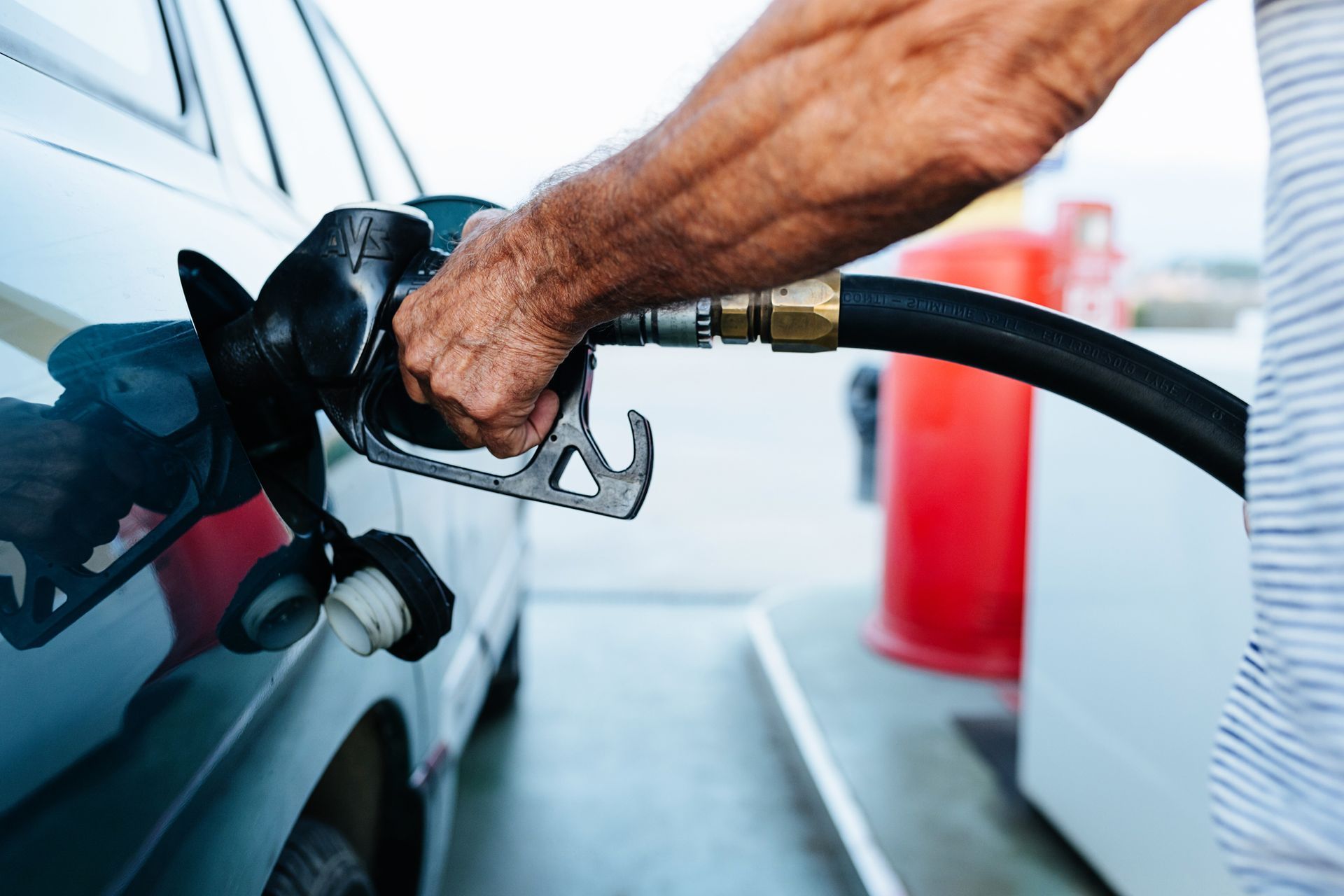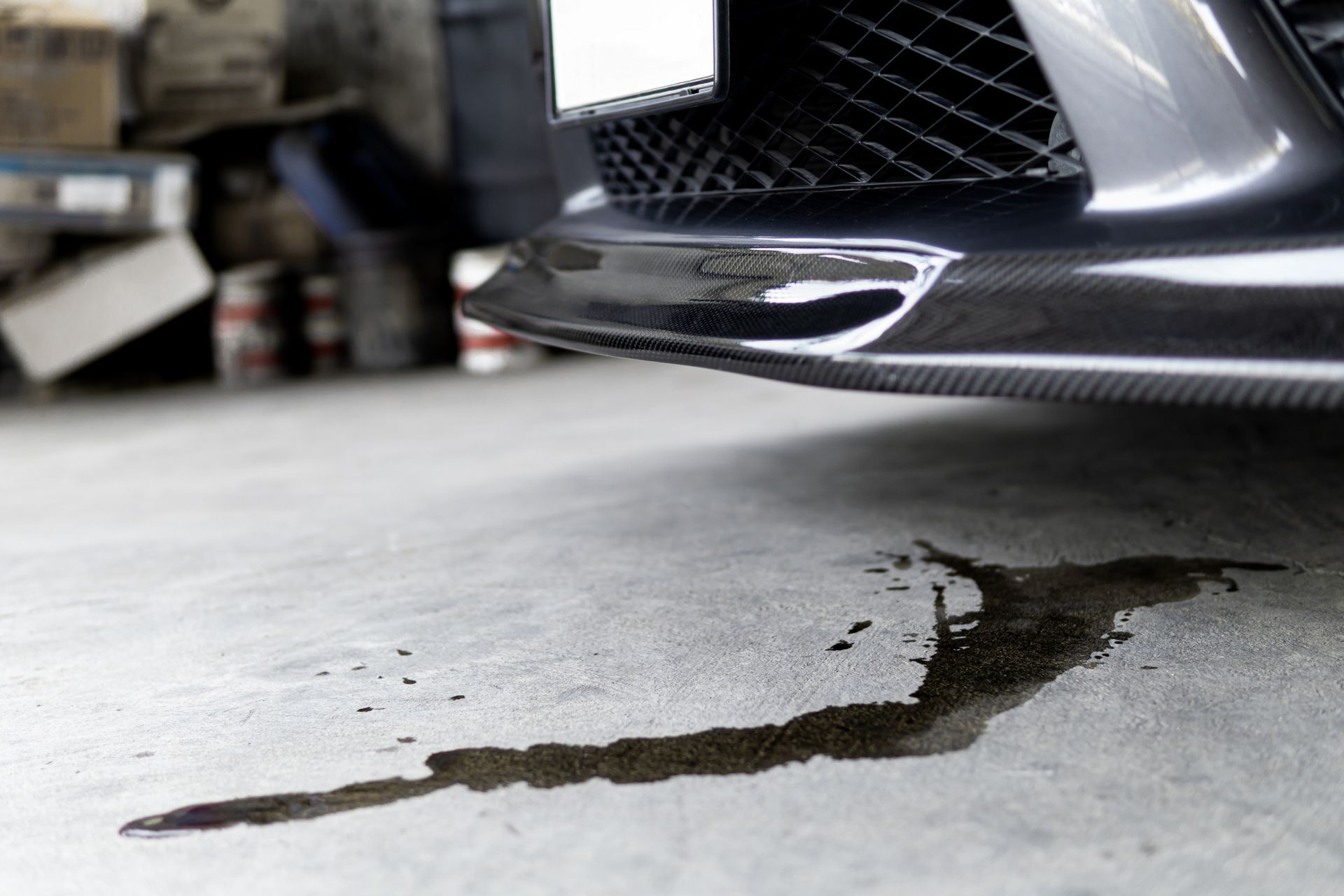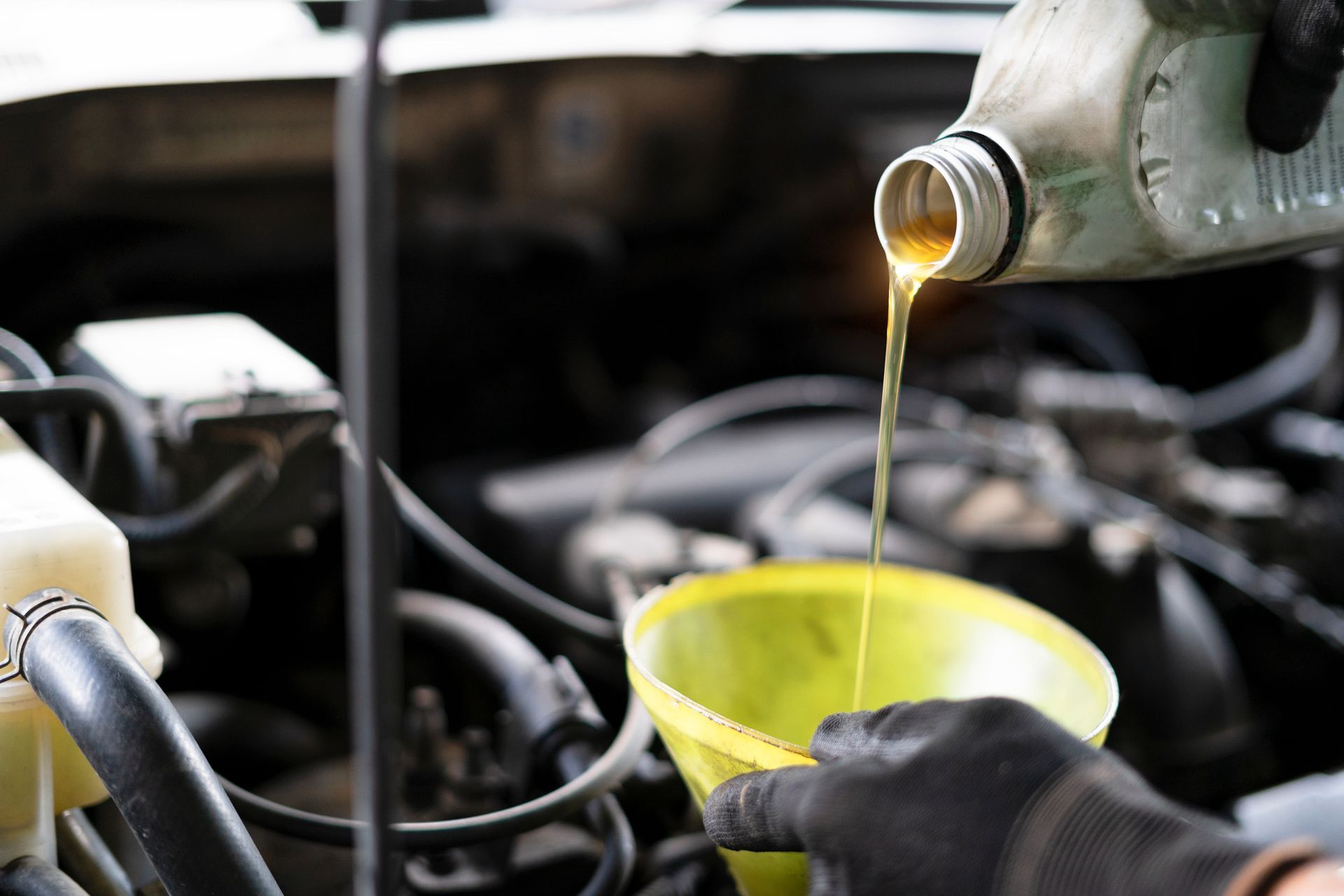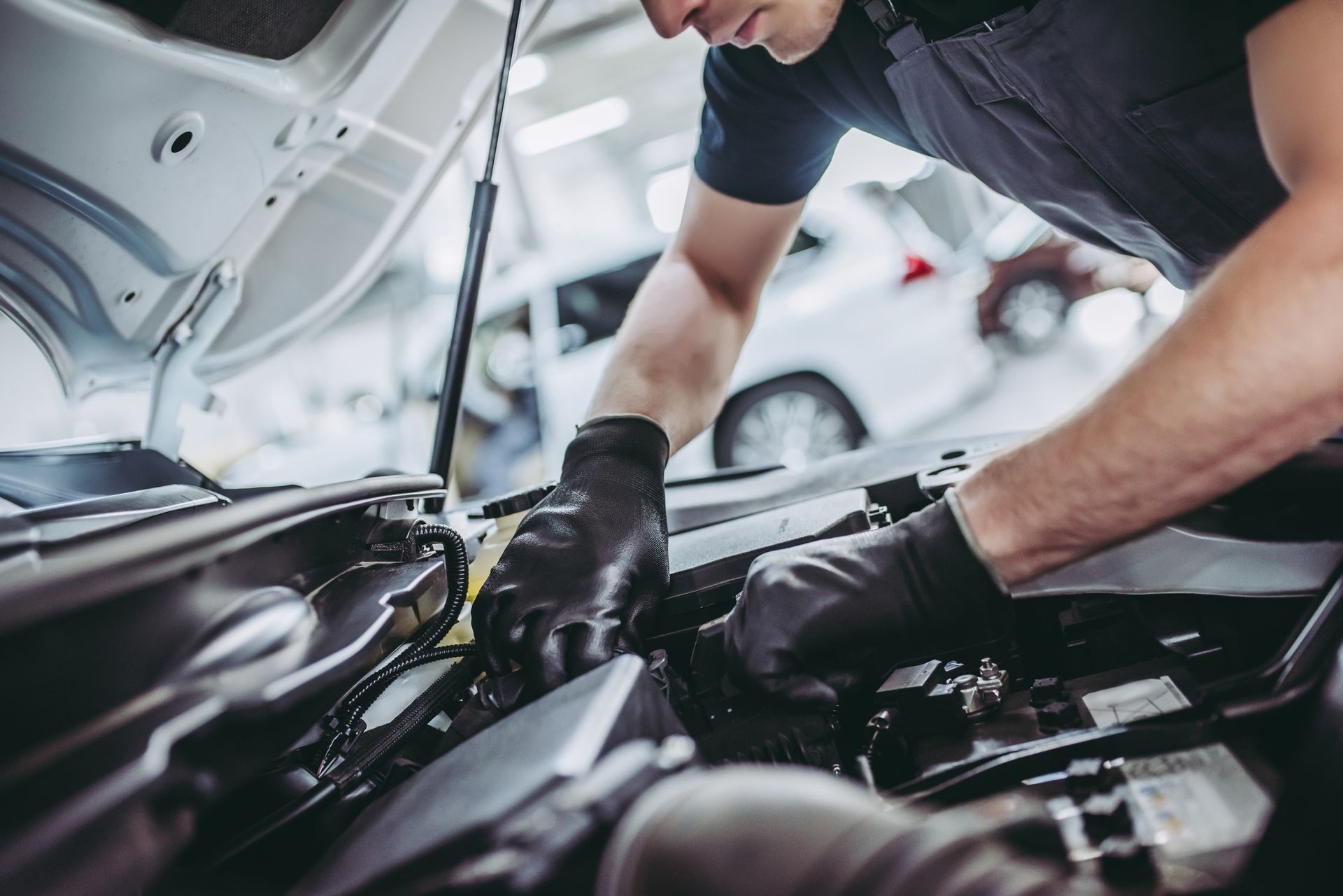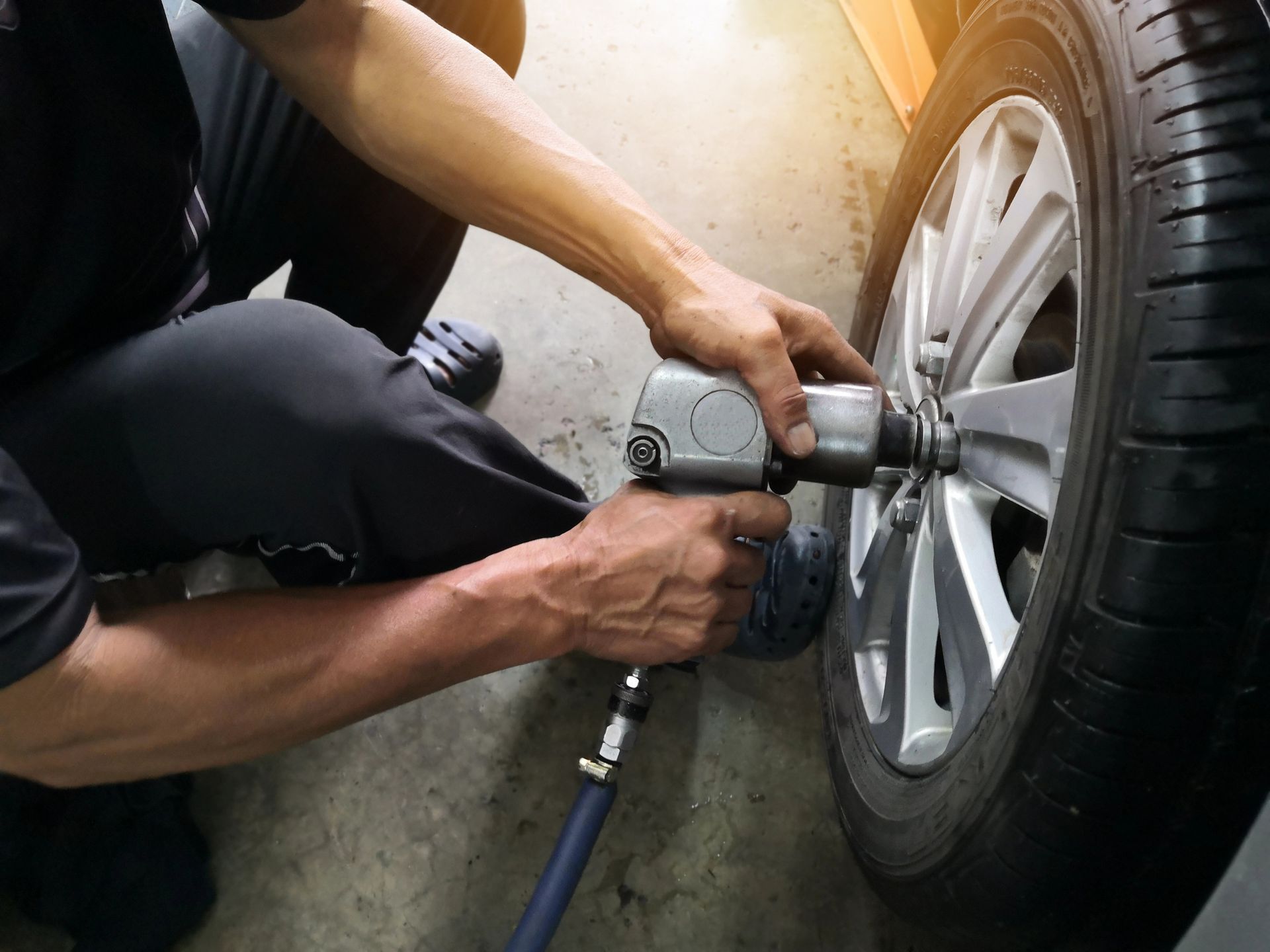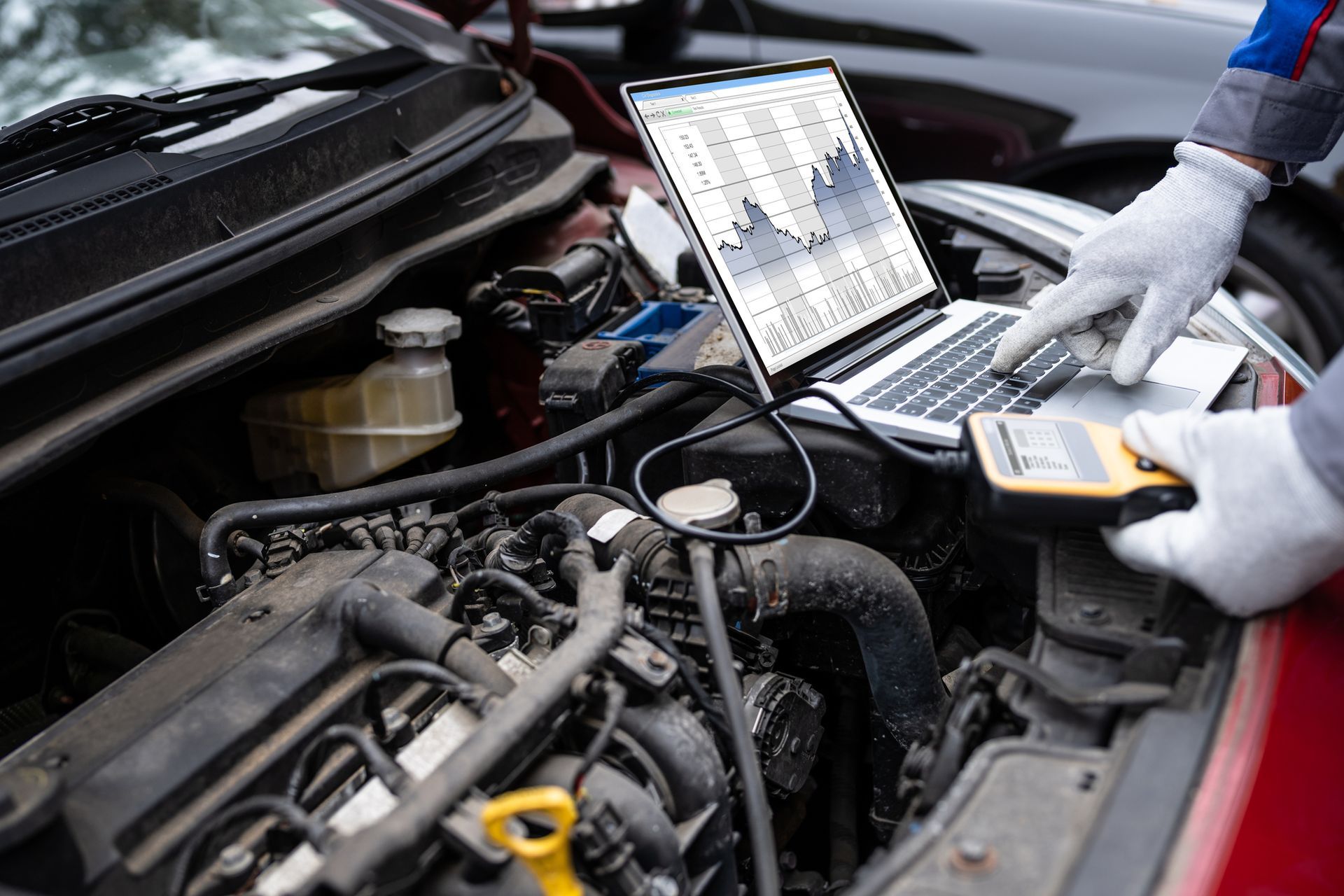The 4-Stroke Combustion Cycle
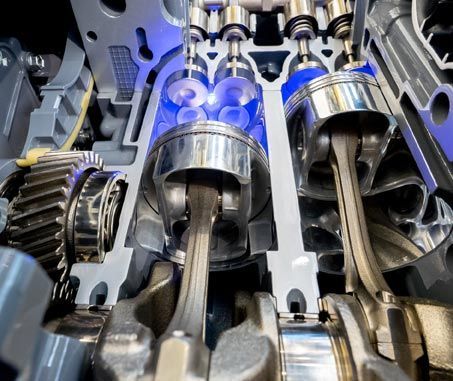
Automotive engines are one of the great marvels of modern engineering, capable of propelling vehicles weighing several tons over extreme distances. Yet the basic principles behind an engine remain something of a mystery for many car owners. Unfortunately, this lack of mechanical knowledge often makes it harder for car owners to detect engine problems.
An engine generates its power inside of the cylinders. There, a mixture of gasoline and air combusts under extreme pressure. Each combustion cycle consists of four different strokes, which correspond to the movement of the piston. This article will take a closer look at each of the four strokes of an engine cycle.
1. Intake
Before getting into the specifics of the intake stroke, you should understand two key terms used to describe a piston's location. Top Dead Center — often abbreviated as TDC — refers to a piston at the maximum distance from the crankshaft. Bottom Dead Center, or BDC, refers to a piston at its closest point to the crankshaft.
At TDC, the space inside the cylinder is at its smallest. At BDC, the space is the largest. During the intake stroke, the piston inside the cylinder moves from TDC to BDC. This movement decreases the cylinder's pressure by increasing its volume. The pressure difference between the inside and outside of the cylinder causes the air-fuel mixture to flow from the intake manifold into the cylinder.
The air-fuel mixture moves into the engine's cylinder through the appropriately named intake valve. Once the piston has reached BDC, the intake valve closes. This effectively traps the mixture of air and fuel inside of the cylinder. The cylinder also contains an exhaust valve, which also remains closed during the entire intake stroke.
2. Compression
Once the piston has reached BDC, it smoothly reverses course. This change in direction marks the beginning of the compression phase. During the compression phase, the piston moves back to TDC. In the process, it pushes the air-fuel mixture into a smaller and smaller space. This compression increases the pressure of the mixture, as well as its temperature.
The heat generated during the compression stroke causes some of the fuel in the mixture to vaporize, turning from a liquid to a gas. By dispersing the fuel more evenly with the air, this vaporization helps to increase the amount of energy generated during combustion. The better distributed the fuel, the more completely it will burn up.
Combustion occurs as the result of a spark fired by the spark plug. Many people assume that the spark plug fires once the piston has reached TDC. Yet, the spark plug fires a split-second before the piston reaches maximum compression. This gap accounts for the time it takes for the spark to set the air-fuel mixture on fire.
3. Combustion
Ideally, if the spark plug's timing is correct, the air-fuel mixture should combust just as the piston reaches TDC. The force generated by combustion then works in tandem with the piston's natural movement back to BDC. This stroke goes by the name of the combustion stroke or power stroke.
The increased speed of the piston during the combustion stroke generates torque in the engine's crankshaft. This torque powers the transmission, which in turn powers your wheels. The cylinder's intake valve and exhaust valve both remain closed during the combustion stroke.
4. Exhaust
During the exhaust stroke, the piston moves back to TDC once again. At this point, however, the exhaust valve opens. Thus, as the piston reduces the volume inside of the cylinder, it pushes the exhaust gases created by combustion out of the engine. By the time the piston has reached TDC, all of exhaust gases should be gone. The cycle can then begin again.
For more information about how your engine works, please don't hesitate to contact Pinole's automotive experts at Letcher Bros. Auto Repair.
